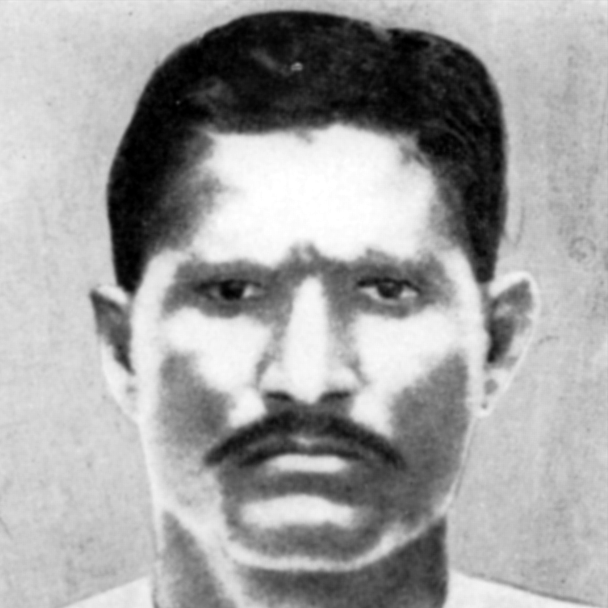
1892 - 1927
Thakur Roshan Singh
Summary
Name:
Years Active:
1921 - 1924Birth:
January 22, 1892Status:
ExecutedClass:
MurdererVictims:
1Method:
ShootingDeath:
December 19, 1927Nationality:
India
1892 - 1927
Thakur Roshan Singh
Summary: Murderer
Name:
Thakur Roshan SinghStatus:
ExecutedVictims:
1Method:
ShootingNationality:
IndiaBirth:
January 22, 1892Death:
December 19, 1927Years Active:
1921 - 1924bio
Thakur Roshan Singh was born on 22 January 1892, in the village of Nabada, located in Shahjahanpur district of the United Provinces, now known as Uttar Pradesh, India. He was born into a Rajput family which is a group traditionally associated with warrior heritage and a strong sense of honor and duty. His early life was shaped by the growing unrest against British colonial rule and the waves of nationalism that swept across northern India in the late 19th and early 20th centuries.
Although there is little recorded about his formal education or early professional life, Roshan Singh rose to prominence during the Non-Cooperation Movement of 1921–1922, led by Mahatma Gandhi. The movement called for Indians to boycott British institutions and refuse to cooperate with the colonial system. Roshan Singh participated in protests that turned confrontational, and during the Bareilly shooting case, he was arrested and later sentenced by the British authorities.
He served time at the Bareilly Central Jail and was eventually released. However, his time in prison did not dissuade him from the freedom struggle, it further solidified his resolve. In 1924, after his release, he became associated with the Hindustan Republican Association (HRA), an underground revolutionary group that believed armed resistance was necessary to uproot British colonialism. The group, later renamed the Hindustan Socialist Republican Association (HSRA), included some of the most well-known revolutionaries of the era, such as Ram Prasad Bismil, Ashfaqulla Khan, and Chandrashekhar Azad.
murder story
Although Thakur Roshan Singh was not a participant in the infamous Kakori train robbery of August 1925, a bold attempt by HRA members to rob government funds carried on a train near Lucknow in which he was already under surveillance for his activities with the HRA. His name came to the attention of colonial authorities following another incident: the Bamrauli dacoity, a planned armed robbery that took place in December 1924 in the village of Bamrauli, located near Allahabad.
During the Bamrauli operation, an armed encounter occurred in which a person was killed. The HRA, at the time, was conducting such raids to finance their movement, and these were not random acts of violence but calculated operations targeting state resources. British investigators later linked Roshan Singh to this incident, despite his name not initially appearing in reports connected to Kakori.
In January 1926, more than a year after the Bamrauli dacoity, Roshan Singh was arrested. He was tried under colonial law, alongside other revolutionaries, including Ram Prasad Bismil, Rajendra Lahiri, and Ashfaqulla Khan. The British judicial system treated these acts of revolutionary violence as terrorism and did not distinguish between armed robbery and political rebellion.
Roshan Singh’s trial, like those of his co-accused, was swift and decisive. The court found him guilty of murder linked to the Bamrauli case and sentenced him to death. Despite petitions and pleas, the colonial administration refused to commute the sentence.
He was executed by hanging at Allahabad Jail on 19 December 1927, just days after the executions of Bismil and Lahiri.